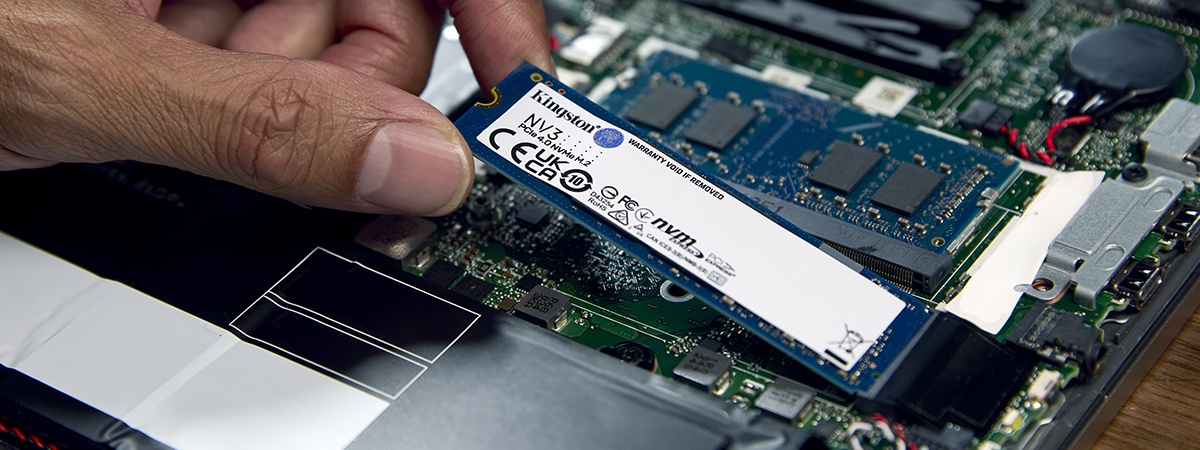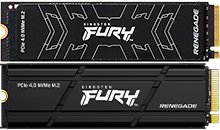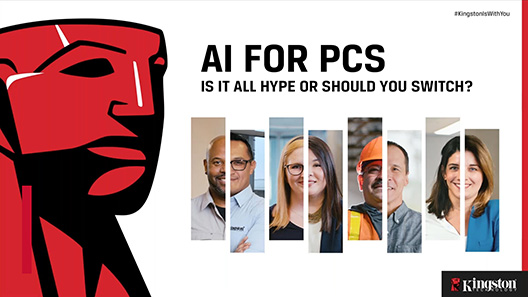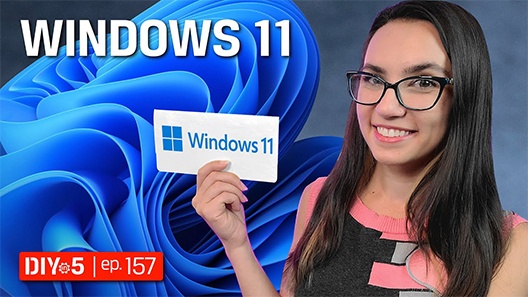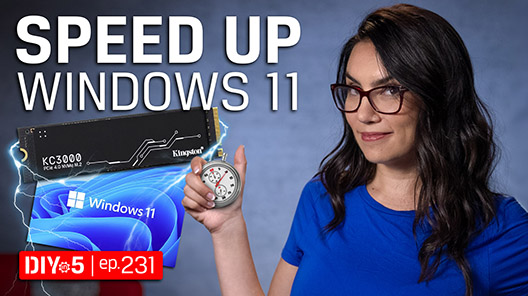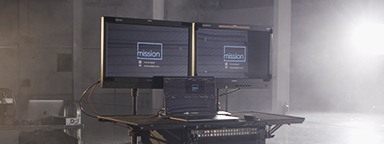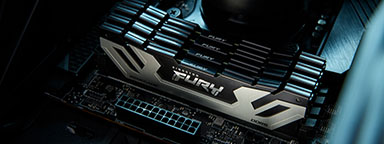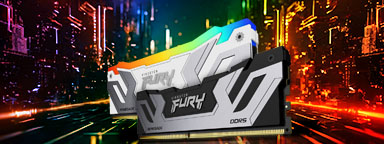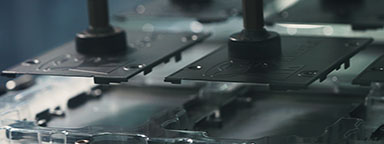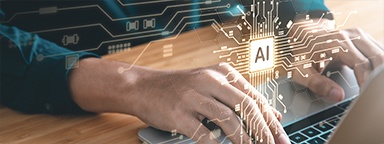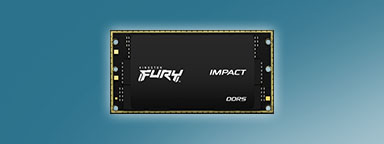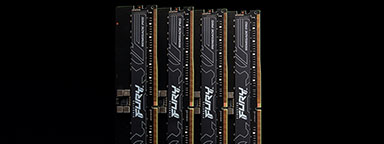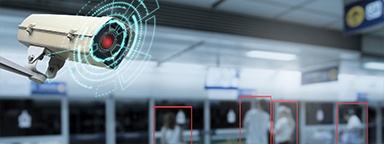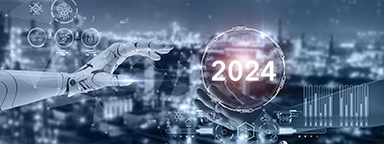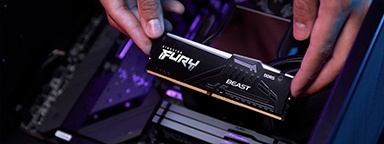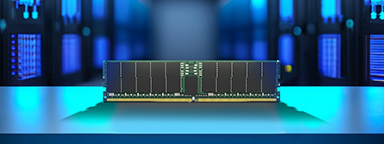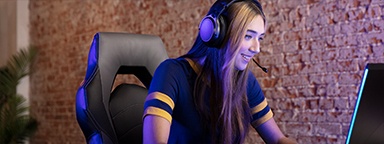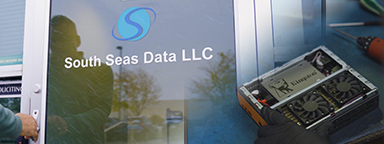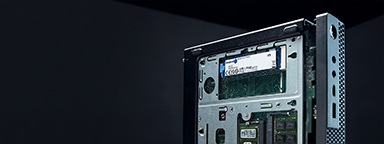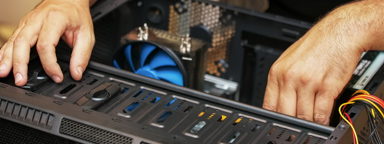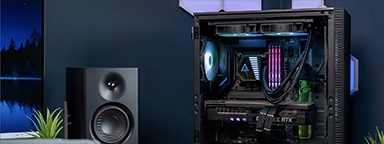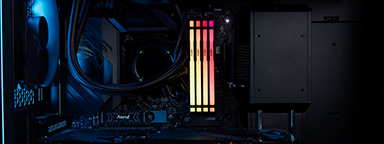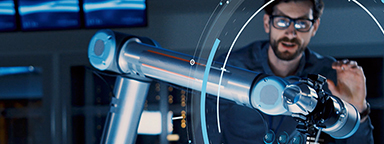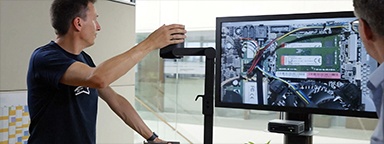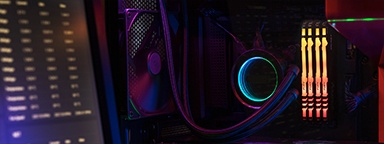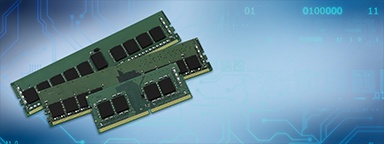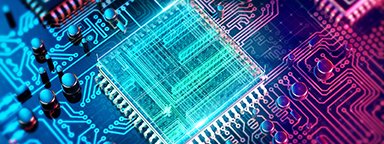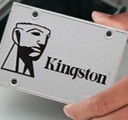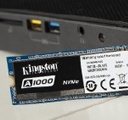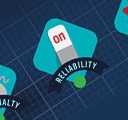Option 3: Buy new devices
Investing in new devices pre-installed with Windows 11 appears a straightforward solution. New hardware ensures compatibility with the latest software and security features, offering a seamless transition.
However, this option can be costly and may not be feasible for all organisations, especially those with budget constraints. Yet, if you’re looking to acquire new devices, the next key question is: do you buy an AI PC or a non-AI PC?
Buying an AI PC
While AI PCs offer cutting-edge technology and advanced capabilities, there are several limitations that organisations should consider before making a purchase.
AI PCs are often more expensive than traditional PCs due to the inclusion of advanced components like NPUs (Neural Processing Units) and high-performance CPUs and GPUs. This can be a significant investment, especially for organisations with tight budgets.
Additionally, organisations looking to acquire AI PCs face another decision: should they opt for devices with ARM chipsets, such as Qualcomm Snapdragon or X86 chipsets, like those from Intel or AMD?
While Snapdragon AI PCs offer better overall performance compared to their Intel and AMD counterparts, there are some drawbacks. Running x86 applications on Snapdragon CPUs often requires emulation, such as Prism on Copilot+ PCs. However, emulation can lead to slower performance and some emulated OS features may not always be compatible with the hardware.
Although this is improving for many popular business applications, the same cannot be said for bespoke or niche applications that many businesses use.
Despite the hype around AI PC capabilities, many organisations struggle to find immediate, practical applications for them. The benefits of AI PCs may not be fully realised until more AI-driven software and applications become mainstream. By which point, early adopters may find themselves stuck with devices with inadequate specifications – and having to buy twice within their usual refresh cycle.
Buying a non-AI PC
While non-AI PCs may appear the best route forwards to replace existing devices due to their straightforward specifications and compatibility with a wide range of software, you do need to consider the future – as devices are typically expected to last between 3 and 5 years.
And as AI PCs and their applications continue to expand in both breadth and purpose, they are likely to become the default choice for many users. This can mean that non-AI PCs may become less compatible with new software and updates, leading to potential obsolescence.
In short, if you buy non-AI PCs for your business, you might find yourself needing to upgrade to an AI PC sooner than expected which again could also result in you buying twice.
